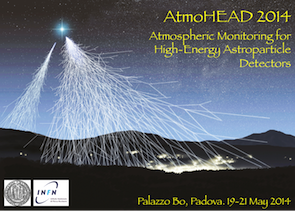Speaker
Dr
Xuan WANG
(CNISM - University of Naples "Federico II"; CNR-SPIN, Napoli)
Description
Xuan Wang1, Antonella Boselli2 , Alessia Sannino3 , Nicola Spinelli3 , Yiming Zhao4,, Song Changbo4
CNISM& BRIT - China-Italy Laser Remote Sensing Joint Research Center
and
1CNR-SPIN, Napoli, Italy
2CNR-IMAA, Napoli, Italy
3Dipartimento di Fisica, Università di Napoli “Federico II”, Napoli, Italy
4Beijing Research Institute for Telemetry, Beijing, P.R. China
The Gobi desert is the major source of mineral dust in China, that is one of the most interesting regions for aerosol study being surrounded by the main sources of anthropogenic and natural aerosol. In order to characterize the chemical and physical properties of atmospheric aerosols, their spatial and temporal distribution and the main transport mechanisms a new, versatile and portable Raman scanning lidar system has been designed and developed at Physics Department of University of Napoli “Federico II” in the frame of the AMPLE project, the first action of the recently founded China-Italy Laser Remote Sensing Joint Research Center between the National Consortium of Italian Universities for the Physical Science of the Matter (CNISM) and the Beijing Research Institute for Telemetry (BRIT). A first demonstrative measurement campaign has been performed on May 2013 in Beijing, while on August 2013 AMPLE has been carried in Dunhuang close to the Gobi desert and far away from the urban area, in order to study sand dust directly at source. Results of those measurements will be described.
Author
Dr
Xuan WANG
(CNISM - University of Naples "Federico II"; CNR-SPIN, Napoli)

